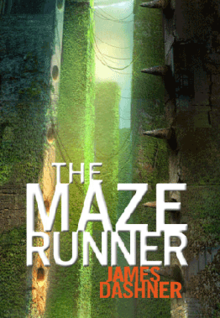It is not surprising that, along with the underlying themes of nature, superstition and
paganism present in King Lear, animals are featured pervasively in its imagery. In fact, almost every
character in the play is at some point likened to an animal, for example the “pelican daughters” who
feast upon their father, as Lear says in reference to the filial ingratitude of his progeny. The use of
animals in the descriptive imagery by Shakespeare serves two purposes; the first being as an outlet
for the anger and frustration felt by the characters, and the second being that many of these
similitudes are very effective at describing the characters mindset or ideals, for example Gloucester’s
“goatish disposition”. There are many examples of such imagery, as it is used dozens of times
throughout the text. Here are some of the most noteworthy of them.
The first and foremost example is Lear’s exclamation of “come not between the dragon and
his wrath”, as Kent intervenes in an attempt to rescue Cordelia from Lear’s fury, as he goes on to
disown her. The dragon is Lear, and you can easily imagine him as such, sitting upon his hoard of
gold which is, in this case, what had previously been his daughter’s affection and submissiveness.
One can imagine the wrath of the dragon against whoever attempts to steal from them, and in this
case Cordelia stole from her father the possibility of them living out his days cherishing each other. It
is Cordelia’s stubbornness towards her father’s games that incite his anger.
The second, and most prominent example of animal imagery being used as metaphors and
similes for descriptions of characters, is their prolific use by Lear and the Fool to describe his
ungrateful, spiteful and self serving daughters, Goneril and Regan. The first of these numerous
examples occurs in Act I, Scene IV, when the Fool wisely exclaims, “the hedge sparrow fed the
cuckoo for so long that it had its head bitten off by its young”. Later on in the play, Regan is likened
to a “vulture”. These two quotes are notable as they underline the ungratefulness and sheer cruelty
of his Lear’s eldest daughters. After leaving them all of his power, with the single request that he be
looked after in his old age, Goneril and Regan proceed to destroy him and leave him with nothing,
now that he is at his weakest. This provides an opportunity for Lear to see how foolish he was in
giving away his power to such spiteful daughters, to the extent that they are likened to carrion-
eating birds of prey, at the expense of the daughter who truly did care about him.
Less prominent but equally important examples of the use of animalistic imagery would
include Edgar, who takes on the persona of Poor Tom, a character whose roots are ambiguous, but is
definitely the most animalistic and pitiable character in the play. He is described as a “fox in stealth”,
a “wolf in greediness” and a “lion in prey”. Poor Tom is a prominent example of how animals can be
used to describe savagery and barbarism, such as is the case for Regan, but can also be equally
effective in describing the more pitiable or outcast members of human society. Another message
that can be interpreted by Poor Tom’s description and behaviour is Shakespeare’s message to
Elizabethan society that, despite the formalities of the caste system, we are all animals, at the very
least on a biological level.
Shakespeare’s extensive use of animals in his descriptive and figurative imagery only further
enrich the play, and provide us with an insight into the context of the Elizabethan view of the
treatment of ones elders, inferiors and progeny.



